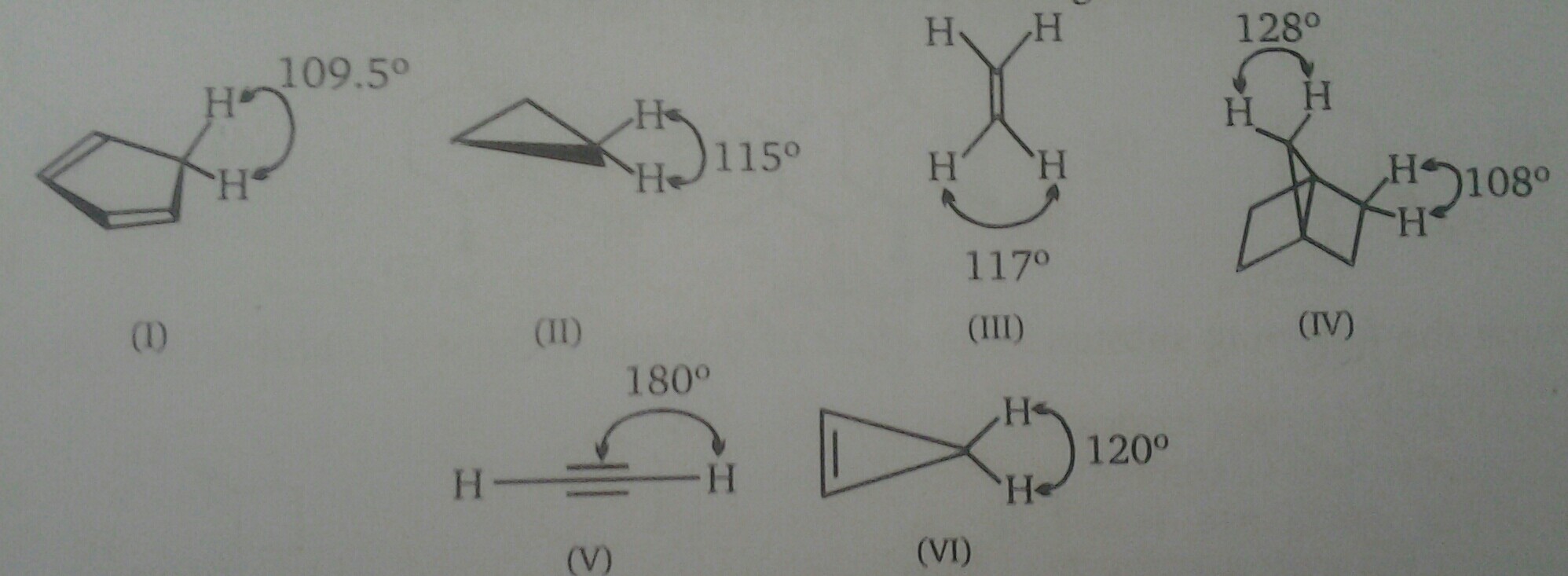Nice work! You clearly understand how factors like aromaticity/antiaromaticity and % s-character in a $\ce{C-H}$ bond can affect acidity.
You can use Coulson's Theorem to estimate the % s-character in the other molecules. In its general form Coulson's Theorem describes the relationship between the angle $\ce{X-Y-Z}$ in a molecule and the hybridization of the $\ce{Y-X}$ and $\ce{Y-Z}$ bonds according to the following equation:
$$\mathrm{1+\lambda_{XY}\lambda_{YZ}cos(\Theta_{XYZ})=0}$$
(where $\mathrm{\lambda}$ represents the square root of the hybridization index of a bond, e.g. $\mathrm{\lambda=\sqrt{3}}$ and the hybridization index $\mathrm{=3}$ for an $\mathrm{sp^3}$ hybridized bond)
In molecule III where the two $\ce{C-H}$ bonds are equivalent, Coulson's Theorem simplifies to
$$\mathrm{1+\lambda^2cos(117)=0}$$
and we find that $\mathrm{\lambda^2 = 2.2}$, or the $\ce{C-H}$ bond in III is $\mathrm{sp^{2.2}}$ hybridized.
As the hybridization index gets smaller, there is more s-character in the $\ce{C-H}$ bond which results in a more stable carbanion and consequently increased acidity. This is consistent with our thinking that, in general, acidity follows the order $\mathrm{sp > sp^2 > sp^3}$; or, the larger the $\ce{X-C-H}$ bond angle, the more acidic the $\ce{C-H}$ bond.

